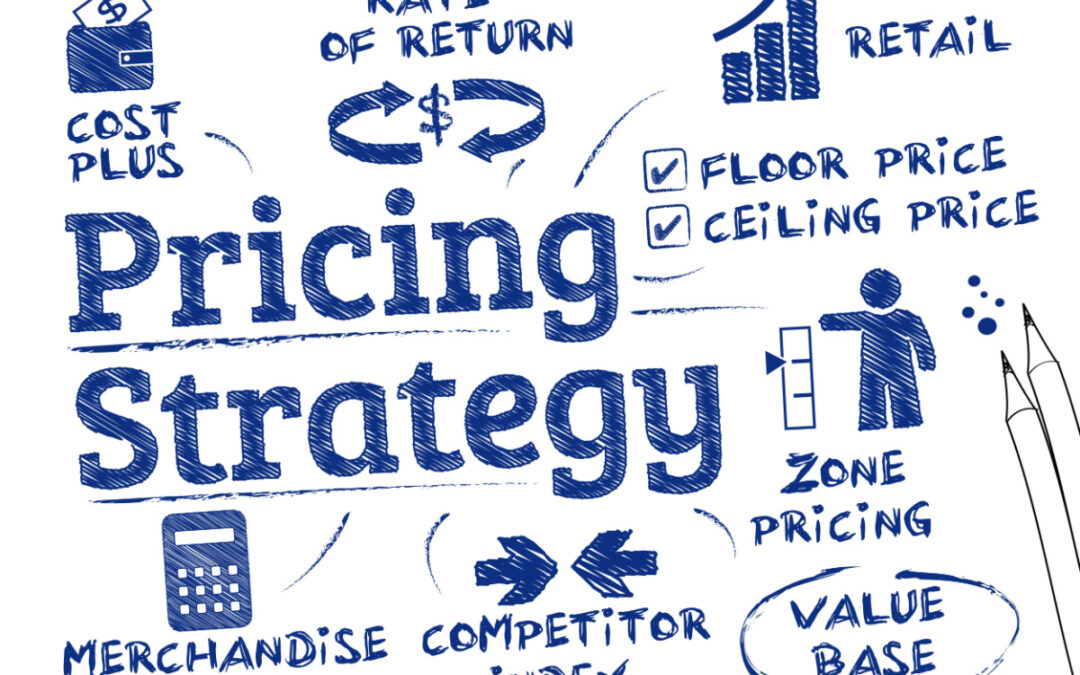Introduction: Pricing Strategies
Hey there, fellow small business owner! Let’s talk about something we all grapple with: pricing. It’s like walking a tightrope, isn’t it? Price too high, and you might scare off customers. Price too low, and you’re leaving money on the table. But fear not! I’ve got your back. In this guide, we’ll navigate the world of pricing strategies together, ensuring your business not only survives but thrives.
1. The Pricing Puzzle: What’s Influencing Your Numbers?
Ever wondered, “How the heck should I price this?” You’re not alone. Here’s what’s whispering in your ear:
- Costs: First off, know your numbers. From rent to that fancy coffee machine, every penny counts.
- Competition: Sneak a peek at your competitors. Are you offering more bang for the buck? Maybe you can charge a tad more.
- Value Perception: It’s all about how your customers feel. If they see value, they’ll happily open their wallets.
- Demand: Basic economics, my friend. High demand and low supply? You’re in the driver’s seat.
2. Strategies to Nail That Perfect Price
Alright, let’s dive into the meaty stuff – here are several pricing strategies to chose from:
- Cost-Plus Pricing: Old school but gold. Add a markup to your costs, and voila! But remember, the market’s mood swings a lot.
- Value-Based Pricing: This is the cool kid on the block. Price based on how valuable customers think your product is.
- Competitive Pricing: Keep your friends close and your competitors closer. Match or beat their prices, especially if the market’s crowded.
- Penetration Pricing: New in town? Start with a lower price, win hearts, then gradually up the ante.
- Bundle Pricing: It’s like a buy-one-get-one deal. Group products, offer a discount, and watch them fly off the shelves.
3. Mind Games: The Psychology of Pricing
Ever bought something just because the price ended in .99? That’s psychology at play:
- Charm Pricing: $9.99 sounds way better than $10, right? It’s weird, but it works.
- Price Anchoring: Put a $1000 product next to a $100 one. Suddenly, a hundred bucks seems like a steal.
4. Keep That Price Tag Fresh
Here’s a fun fact: McKinsey suggests that strategically increasing a price by 2-4% could increase profits by 15-25% [1]. So, keep an eye on those numbers, and don’t be afraid to shake things up!
5. Overcoming the “Oh No, What If?” of Pricing
Raising prices can feel like stepping on a landmine, but it doesn’t have to be:
- Fear of Losing Customers: It’s scary, I know. But if you’re offering top-notch value, your loyal tribe will stick around.
- Racing to the Bottom: Competing solely on price? That’s a slippery slope. Instead, focus on what makes you unique.
Conclusion: Your Pricing Journey
Alright, champ, we’ve covered a lot. Remember, pricing isn’t just about numbers; it’s an art. It’s about understanding your customers, the market, and a bit of gut feeling. Keep learning, stay flexible, and always aim to offer killer value. Here’s to your small business success!
Source:
[1] Helpscout, Everything You Need to Know About Implementing a Price Increase: https://www.helpscout.com/blog/price-increase/
—
Want an assessment on your current pricing structure? Schedule a 15-minute Strategy Call for free to get at least 3 suggestions to implement in your business.


Recent Comments